Recently, a one-year study on Li-Fi at the University of Edinburgh in the UK explored the impact of Li-Fi on LED energy efficiency. The results show that LEDs can be used to transmit Li-Fi signals without dimming the LED light or Discoloration does not cause the LED to consume more energy.
The results of this study make up for the critical knowledge gap in the use of LEDs to provide Li-Fi signals, and for the future of optical communications, the results are undoubtedly very encouraging.
but
What is Li-Fi?
How is it different from the Wi-Fi used now?
What are the main issues that Li-Fi applications need to solve?
......
Today, let’s talk about Li-Fi.
What is Li-Fi?
Li-Fi, the full name of Light Fidelity in English, the Chinese translation of "visible light wireless communication", also known as photo-fidelity technology, was first developed by German physicist, Harald Haas, director of the Department of Mobile Communications, Edinburgh Institute of Electronic Communications, UK Professor invented. Visible light, as the name implies, is the light visible by the human eye, such as the light emitted by a light source such as an LED lamp or an incandescent lamp. Li-Fi is a new wireless transmission technology that uses the light in the visible light band for data transmission.
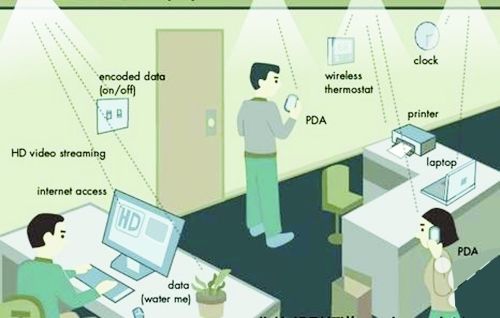
Further, Li-Fi is to use the already laid equipment to implant a tiny chip that can generate Wi-Fi hotspots on the light source, so that terminals such as smartphones and notebooks can access the network at any time and transmit different data. Changing the flicker frequency of the illumination light, the so-called flicker, that is, the opening and closing of the light source, is equivalent to the change of the two coding modes of 0 and 1. Of course, in view of the characteristics of the human eye, this light blinking frequency is invisible to the human eye. It is no exaggeration to say that as long as the lights are turned on indoors, you can access the Internet without Wi-Fi.
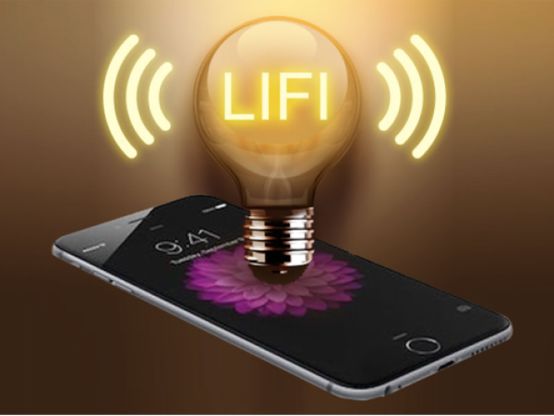
What is the difference between Li-Fi and Wi-Fi?
Wi-Fi, Wireless Fidelity, and wireless fidelity technology are technologies that use 2.4G or 5G RF bands for data transmission. This is the biggest difference between the two technologies. To be precise, the wireless network is in the wireless LAN. A commercial certification is also a wireless networking technology. As long as there is a range of radio coverage, wireless access can be made through wireless routers or hotspots of other devices.
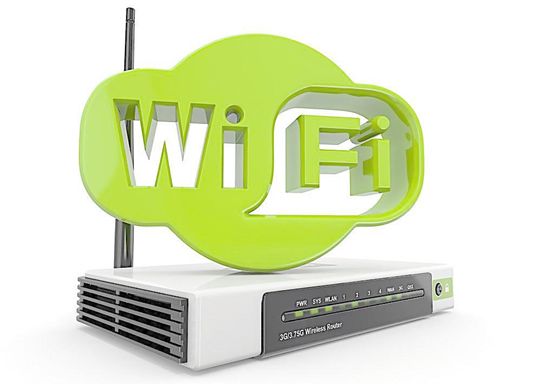
Objectively speaking, it is precisely because of the unsatisfactory performance of Wi-Fi in some aspects that Li-Fi technology can be favored by people. When you go online in a cafe, if you have more people around you, you will find that the internet speed is getting slower and slower; when you use Wi-Fi to open a web page, sometimes you will find the speed of opening. It becomes very slow; when you are waiting at the train station, you know that your mobile phone is connected to the network signal, but you can't refresh or open the webpage... This is the inconvenience of Wi-Fi, because of this, there will be The advent of Li-Fi technology, however, does not mean that Li-Fi is omnipotent.
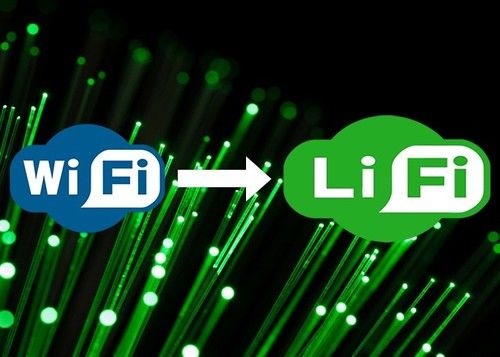
What are the advantages of Li-Fi?
simplify
As we all know, the implementation of Wi-Fi technology must be completed by means of other devices. The most common is the wireless router. In areas where wireless devices are not popular, there is still a great difficulty in implementing wireless Internet access. Li-Fi technology does not have this. A concern is that it only needs to install a data transfer chip on our common light source, and this similar chip is also essential in Wi-Fi.
high speed
Compared with the light wave and the RF signal, the light travels much faster than the RF signal, reaching 300,000 kilometers per second. This speed is considerable. Experimental tests show that the existing Li-Fi data transmission speed can reach 1GB per second, which is equivalent to 100 times the current Wi-Fi transmission speed.
High capacity
The use and development of Wi-Fi is limited by radio frequency technology, and there is a phenomenon of competing for bandwidth between different terminal devices. This is why the stuttering occurs when multiple devices are connected to the same wireless network. The bandwidth of the RF signal is relatively small. Although the requirements for data exchange are increasing, the number of bands that the RF signal can provide is small. Li-Fi is different. The bandwidth of visible light is one of the bandwidth of the RF signal. More than 10,000 times, and will not conflict with Wi-Fi, so that it can accommodate more user terminals.
safer
Recently, several airlines have allowed mobile phones to be used throughout the flight, but they are still cautious about wireless network services. This is because wireless network signals can affect the aircraft's electronic equipment and instruments, which may cause the aircraft to work abnormally. If you use our common light instead of RF signals to communicate, you can greatly improve the safety of your flight.
Can Li-Fi replace Wi-Fi?
As for whether Li-Fi can replace Wi-Fi, it is too early to see. Perhaps we can say that before the massive popularity of Li-Fi, there are still many major technical problems that need to be resolved.
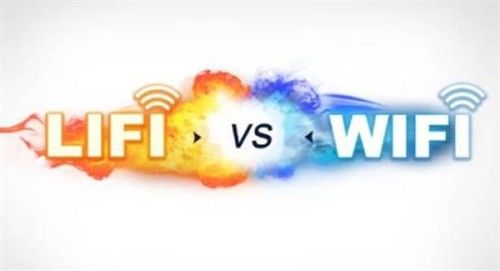
Information exchange
When using the mobile phone, we give the search content, and the wireless network will return information related to the search keyword. This process is the process of information interaction or reverse communication. We can use the LED to send out data information and receive information through the terminal, but the terminal device still cannot send out the application signal. Such a one-way transmission process cannot be truly put into the market. In addition, this type of information transmission is too dependent on light. To receive information, the light must be lit all the way. This kind of light source may become an obstacle in some cases.
Stray light suppression
The camera must consider the step of eliminating the stray light in the design process, that is, to eliminate the interference of light outside the field of view. This principle is also applicable to Li-Fi technology. The optical signal transmitting data must be affected by ambient light in practical applications, unless it is used in an all-black environment. If the energy of the external light is too strong, the data signal may be lost in the background light; If the light is small, the signal-to-noise ratio of the signal received by the terminal device will be reduced, so that it will not work properly.
Limitation of light
This is perhaps the most obvious question, how data from a light source is passed to people who are isolated. For example, for people who are in the two impassable rooms, they can't see each other, but the light can't penetrate the wall. How do you communicate at this time? How is the signal in one room passed to the terminal in another room?
For the future of Li-Fi, we don't have enough confidence to judge whether it will get a large-scale popularity like Wi-Fi, but we have reason to believe that with the development of science and technology, the future Li-Fi communication technology will definitely Get long-term development.
Pharmaceuticals,2-Methyl- Propanoic Acid Monohydrate Price,2-Methyl- Propanoic Acid Monohydrate Free Sample,Pure 2-Methyl- Propanoic Acid Monohydrate
Zhejiang Wild Wind Pharmaceutical Co., Ltd. , https://www.wild-windchem.com